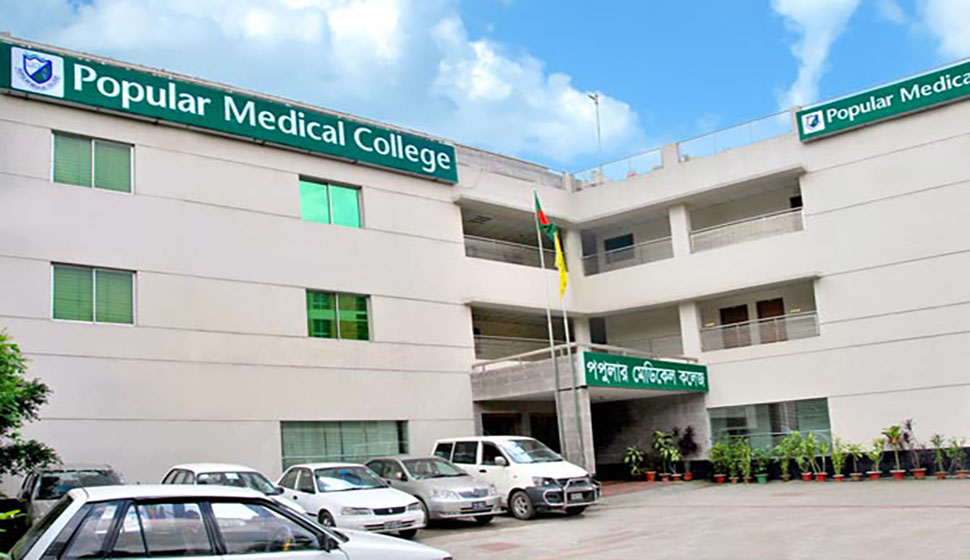Introduction to Popular Medical College
The only cutting-edge overall healthcare provider in the private sector in the nation, it is a prominent company owned by Popular Group. This college, established in 2010 and situated in a desirable area of Dhaka, has developed a fantastic reputation for providing excellent care to students preparing for the MBBS program. Most public amenities are located within a 5-kilometer radius of the institution, and all forms of transportation link the campus to the adjacent eating and retail districts.
The college offers nearby residences for well-equipped students and includes a dining hall and options for group meals. Additionally, the academic building of the institution contains a sufficient number of air-conditioned lecture rooms that are well-equipped for ample group instruction, tests, and social gatherings. Each department also includes its lab, museum, and library.
The campus of the college
The college is in the Dhanmondi Thana neighborhood of Dhaka. East of the campus, at a distance of 250 meters (820 feet), is the affiliated Popular Medical College Hospital.
The goal of the college
Selecting a Medical College for your studies is a crucial choice. We think Popular Medical College would be an excellent option for people eager and determined to pursue a career in medicine to realize their long-cherished aspirations. The sole private, national supplier of comprehensive healthcare is Popular Medical College, the flagship company of “Popular Group.” It was founded with the explicit purpose and steadfast dedication of “Producing doctors with a difference,” rather than simply adding a name to the parade of new medical institutions.
Academics of the college
Popular Medical College provides a five-year program and 1 year Internship that may be completed to earn a Bachelor of Medicine, Bachelor of Surgery (MBBS) from Dhaka University. This program has been authorized by the Bangladesh Medical and Dental Council (BMDC). There is a required one-year internship following passing the final professional examination. The training is required to get registered with the BMDC to practice medicine.
Popular Medical College Library
The Medical College library is large enough to provide enough reading room for current and prospective students. It is stocked with the most recent editions of all necessary textbooks, reference books, and other materials. It is still available for nighttime classes with an instructor present.
Advantages of studying MBBS in Popular Medical College
it is One of Bangladesh’s top private medical schools is the well-known Medical College Hospital. It is situated in the upscale district of Dhanmondi in Dhaka City.
A 5-kilometer radius surrounds the institution and contains most of the city’s facilities.
A sizable, well-kept campus houses the well-known Medical College Hospital.
All of the classrooms have air conditioning and are furnished.
For clinical practice, the college’s increased patient flow rate is beneficial.
The Medical college was established in 2010. Despite being a newcomer to the nation’s medical colleges, Popular Medical College Hospital has already distinguished itself as the top private medical college for its superior attention to training medical professionals.
Conclusion
Popular Medical College is operated by full-time instructors who are highly educated, experienced, committed, and incredibly proficient. In addition to the conventional lecture sessions, the college emphasizes small group teaching, integrated teaching, and problem-based learning. The academic curriculum includes community-based learning as a critical component.
Course Features
- Lecture 0
- Quiz 0
- Duration 10 weeks
- Skill level All levels
- Language English
- Students 0
- Assessments Yes



